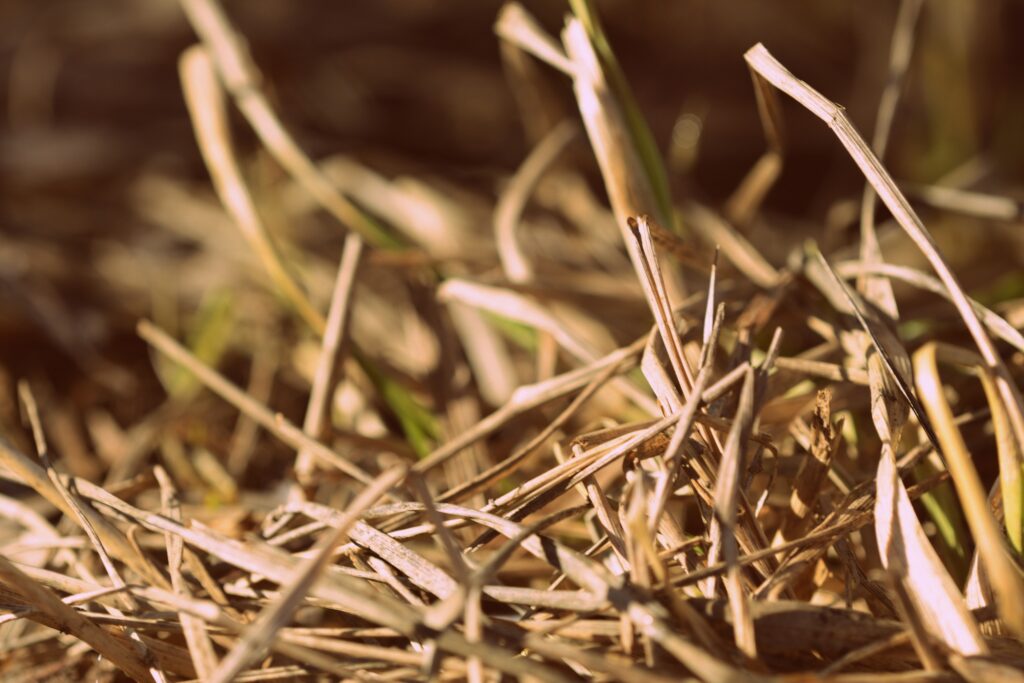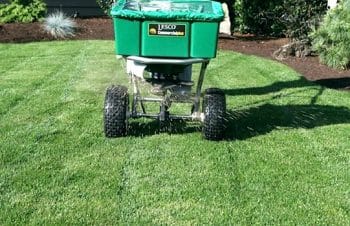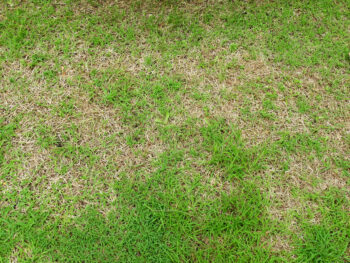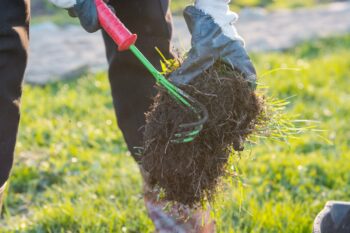Drought is a significant concern for homeowners when it comes to maintaining a lush, green lawn. With periods of little to no rainfall, it’s natural to wonder if grass will survive without regular watering.
While dry conditions do lead to browned-out lawns and damaged turf, the ability of grass to withstand drought depends on several factors. In this article, we will answer the question – can grass survive drought?
And what steps can homeowners take to help their lawn weather extended periods of dryness.
Is it possible for my lawn to survive a drought?
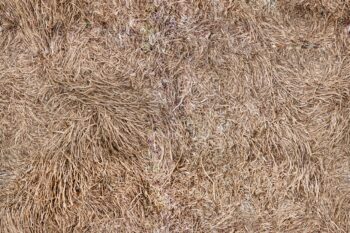
The answer is yes, grass is able to survive drought. Although its ability to do so depends on the type of grass and several environmental factors. Such as soil type, exposure to sunlight, temperature, and humidity levels. Species such as Bermuda grass and Buffalo grass are drought-tolerant and will survive extended periods with little water.
However, warm-season grasses such as Zoysia or St. Augustine, while not drought-resistant, will survive a moderate drought if cared for properly.
Cool-season grasses such as Kentucky Bluegrass and Fescues are typically less drought-tolerant than warm-season grasses. Still, some varieties of Fescue such as “Tall Fescue” are more drought-tolerant than other cool-season grasses. However, regardless of the type of grass you have, there are ways to help your lawn survive drought.
Tips to help your lawn survive drought
- Mow your lawn at the correct height.
During periods of drought, raise the blade height of your mower to avoid cutting the grass too short. Taller grass blades will shade the soil and retain more moisture, keeping the roots cooler, and preventing moisture loss.
Check out our full service lawn care page for details on how we can help maintain your lawn.
- Water your lawn deeply and infrequently.
While it may seem counter-intuitive, watering your lawn lightly and frequently can lead to shallow root growth, making the grass more susceptible to drought stress. Instead, water your lawn deeply but infrequently – about an inch or so per week.
This allows the water to penetrate deeper into the soil, reaching the roots and promoting healthy growth. Drought-restricted watering schedules don’t have to equate to dead lawns.
- Water during the optimal time of day.
When watering your lawn during a drought, it’s essential to do so during the cooler parts of the day, such as early morning or late evening. This will allow the water to soak into the soil instead of evaporating due to the heat of the midday sun.
Not sure if your sprinkler system is running optimally? Hire us for a lawn irrigation service and we will test and adjust your system.
- Limit foot traffic and other stressors.
During periods of drought, it’s important to reduce or eliminate any stressors on the grass, such as foot traffic, pets, or machinery. This will allow the grass to conserve energy and focus on survival during drought conditions.
Is your lawn beyond repair? Check out our sod installation service page. Let us bring life back to your lawn.
- Consider drought-resistant grass or lawn alternatives.
If you live in an area known for drought or prolonged dry spells, it may be worth considering a lawn alternative such as groundcover, succulents, or rocks. Alternatively, research grass varieties that are more drought-resistant and suitable for the specific conditions of your area.
AgriLife Extension expert provides tips to restore turfgrass.
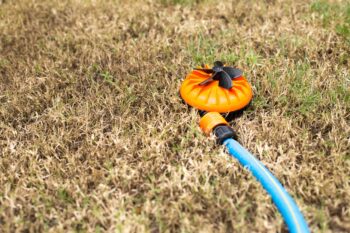
Conclusion
While a drought is challenging for homeowners who want a vibrant, green lawn. It is possible for grass to survive. As we’ve seen, several factors influence the ability of grass to withstand a lack of water.
With proper care and attention, homeowners will help their lawn weather through dry periods. By following the tips outlined in this article homeowners will keep their lawn healthy and vibrant even during periods of drought.

